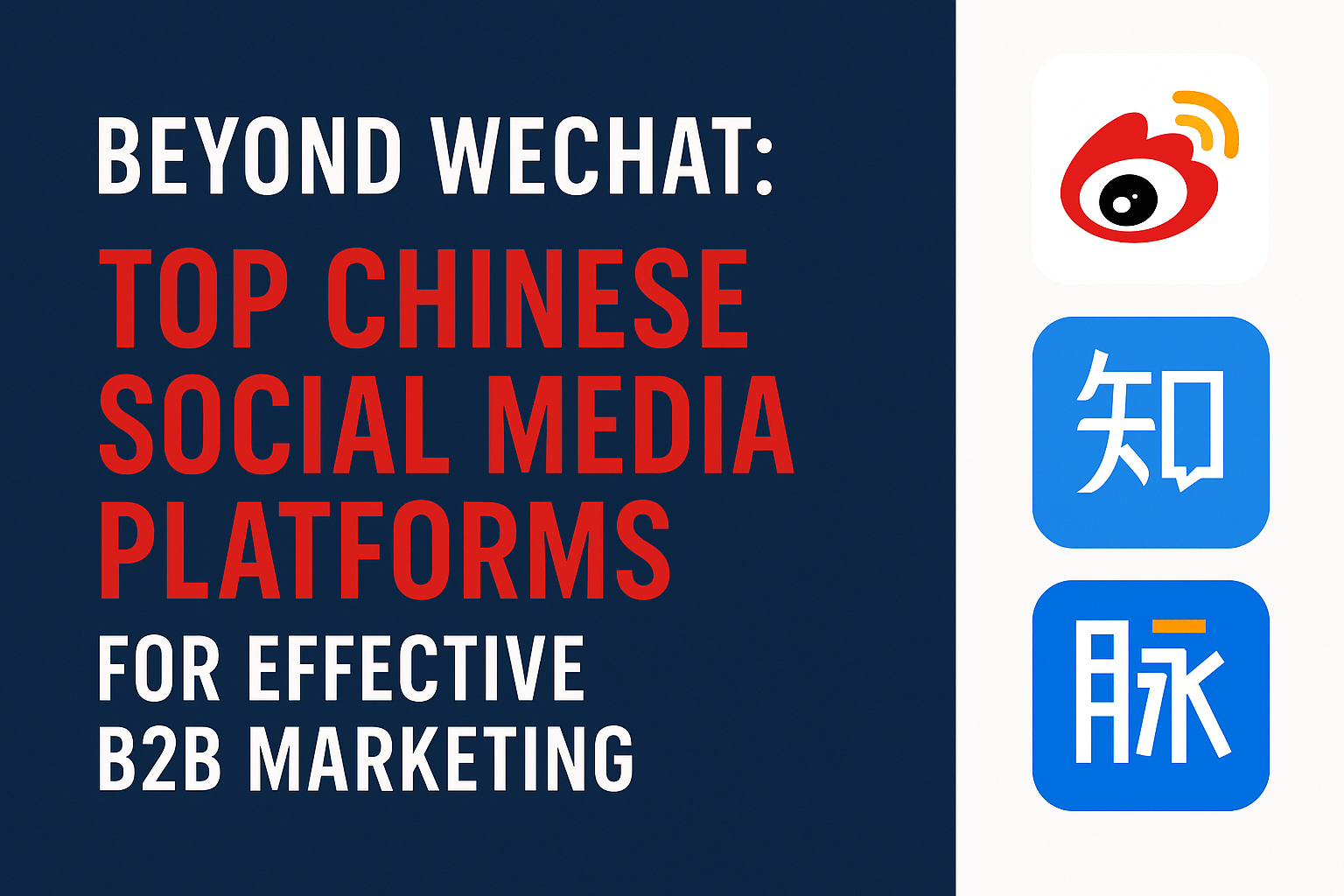Tencent’s WeChat Debuts in 618 Shopping Festival with Big Bet on Live-Streaming Ecommerce Despite Slowing Economy
WeChat, a product of Tencent, has for the first time introduced its own 618 online shopping festival using its in-app video feature Channels. Over 50% of the sales generated by live broadcasting on WeChat in 2021 were from private domains, such as a brand’s current WeChat fans.
The average transaction value for customers watching live streams on Channels is 200 (US$29.9), and 60% of viewers make additional purchases. The Tencent app appeals to businesses who wish to communicate with consumers in a semi-private network in order to gain and keep a loyal customer base.
Backstreet Boys Join Westlife for Online Concert on super-app WeChat
Thanks to the Backstreet Boys’ first-ever live-streamed concert on the popular app WeChat, Chinese fans of the ’90s and ’00s pop music may experience the enchantment of the 2022 DNA World Tour.
It’s anticipated that around 40 million people will watch the show. In addition to receiving approximately 37 million views on Weibo, a linked hashtag, the event’s preview on WeChat received 82,000 likes in just 24 hours.
Most Chinese Millennials and Zoomers who were exposed to the Backstreet Boys and Westlife by their professors have grown up with both bands by their sides.
Link: https://radiichina.com/backstreet-boys-concert/
Unpacking Sephora’s Global C-beauty Push
The “In China for China” business incubator programme, which will seek to develop five premium Chinese beauty names into global megabrands, was unveiled by Sephora on June 6.
The strategy capitalises on both the propensity of Chinese customers to purchase domestic brands as well as the expanding interest within foreign beauty communities in Traditional Chinese Medicine (TCM) and eastern wellness ideas.
Link: https://jingdaily.com/sephora-c-beauty-global-expansion-tcm/
China Plans to Review Every Single Social Media Comment
China may soon evaluate each and every social media comment before it is posted, raising concerns about increased censorship in a nation with one of the strictest media environments in the world.
Internet users in China have expressed concern that if planned legislation requiring internet platforms to evaluate all social media comments is passed, the country’s already restricted space for free speech will be further reduced.
The new limits would disrupt the fun since real-time remarks give viewers the impression that they are in a chat room with other people. This makes the experience more engaging.
“If the rules are passed, it means that everything we see online would be what’s been hand-picked by moderators, and it would be harder for individuals to make their voices heard,”
Link: https://finance.yahoo.com/news/china-plans-review-every-single-093000701.html
Tencent News Aggregator App Kuai Bao to Cease Operations Next Month
Tencent Holdings will stop operating Kuai Bao, its news aggregator app, at the end of the month, showing that even China’s most powerful and wealthy Big Tech corporations must slash non-core businesses in the face of persistent regulatory pressure and the slowing economic growth of the nation.
Kuai Bao offers users algorithm-generated recommendations based on their profile, hobbies, and browsing history, much to the well-known news aggregator app Jinri Toutiao, which is owned by ByteDance.
Since its 2015 launch, Kuai Bao hasn’t gotten big enough to compete with its rivals. According to a survey released in February 2021 by the research firm Questmobile, ByteDance’s Jinri Toutiao leads the Chinese online news information sector in terms of daily active users, followed by Tencent News, Sina News, and NetEase News.
ByteDance last week shut down a game development studio that it acquired three years ago, slashing more than a hundred jobs in a major setback for its quest to challenge Tencent in that market.
Link: https://finance.yahoo.com/news/tencent-news-aggregator-app-kuai-093000641.html



